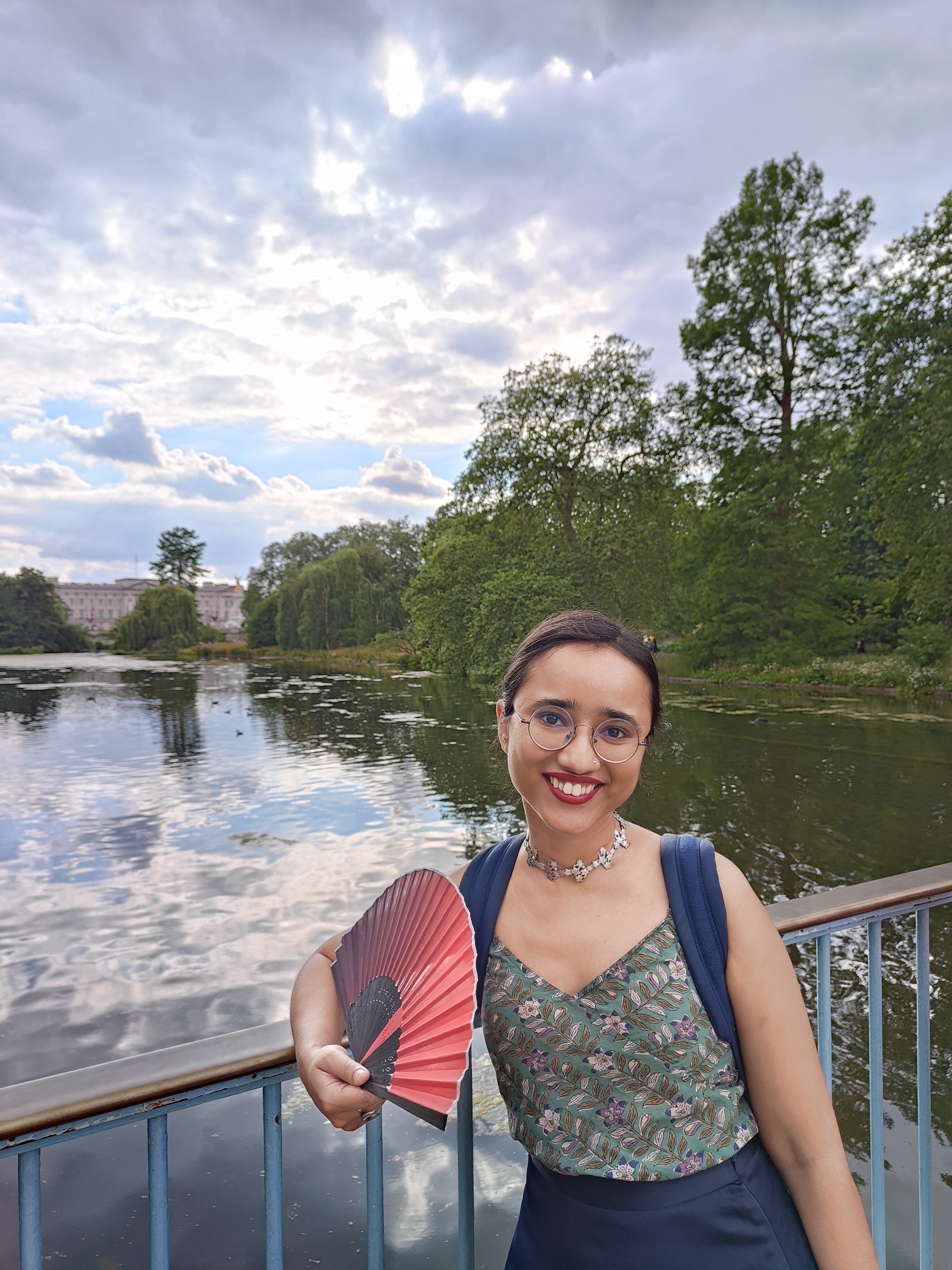Dhwani Sadaphal
Department of Behavioral and Cognitive Biology, University of Vienna

■ Nationality: Indian ■ Supervisor: Prof. Tecumseh Fitch, Prof. Peter Keller ■ Key topics: Rhythm and social bonding |
PhD project:
Humans are capable of moving to music with relative ease. This requires advanced cognitive and motor abilities including mechanisms that enable us to extract a regular pulse from a musical piece. We also form a representation of the extracted pulse in weighted terms (strong and weak beats) by identifying an underlying metrical hierarchy.
Crucially, the ability to form and be creative with a metrical hierarchy is one of the factors that make certain rhythms more "groovy" (movement-inducing) than others. As a result, interesting rhythms allow large groups of humans to transcend barriers of spoken communication by moving together to music. It is, therefore, interesting to ask how the dynamics of rhythm and interpersonal movement shape social bonds in humans.
The link between rhythmic movement and social bonding in humans has been explored in recent studies. Past literature has already shown that humans show a high social preference for their counterparts when their rhythmic movements overlap perfectly in time. However, the question of how metrical representations of rhythm titrate social liking and connectedness when moving together remains fairly unexplored.
Using behavioural and neural measures, my PhD thesis explores the overarching possibility of the evolution for rhythmicity as a facilitator for social bonding in humans, with a particular focus on complex rhythm production and perception which seem to be uniquely human capabilities. The findings are a segue into gaining a more general understanding of co-operation and affiliation through music and dance.
Past experiences:
I started with a Bachelor's in Electrical and Electronics Engineering and adjusted course by switching to a Master's in Cognitive Science at the Indian Institute of Technology, Gandhinagar. My master's thesis investigated the distinction between cognitive control and implicit learning of goal-directed movements of the upper limb in humans. In between my bachelor's and master's studies, I worked as a data analyst with statutory audit teams in a multinational company.
Outside the lab:
Outside of work, I spend my time attending concerts, playing music, learning music, painting, making long visits to museums, and exploring food and culture.
